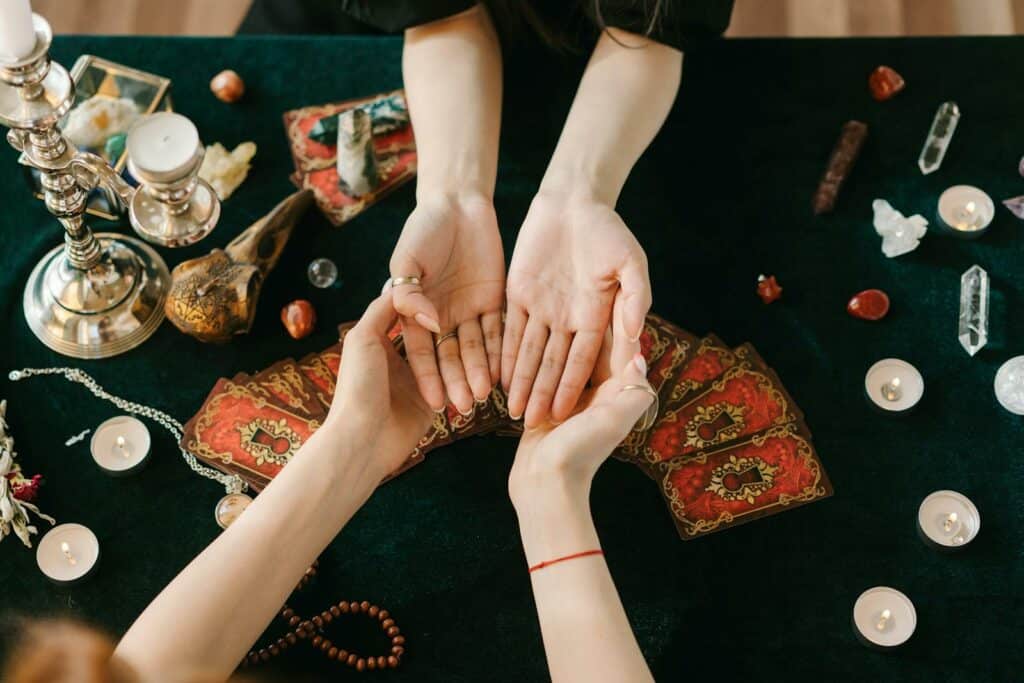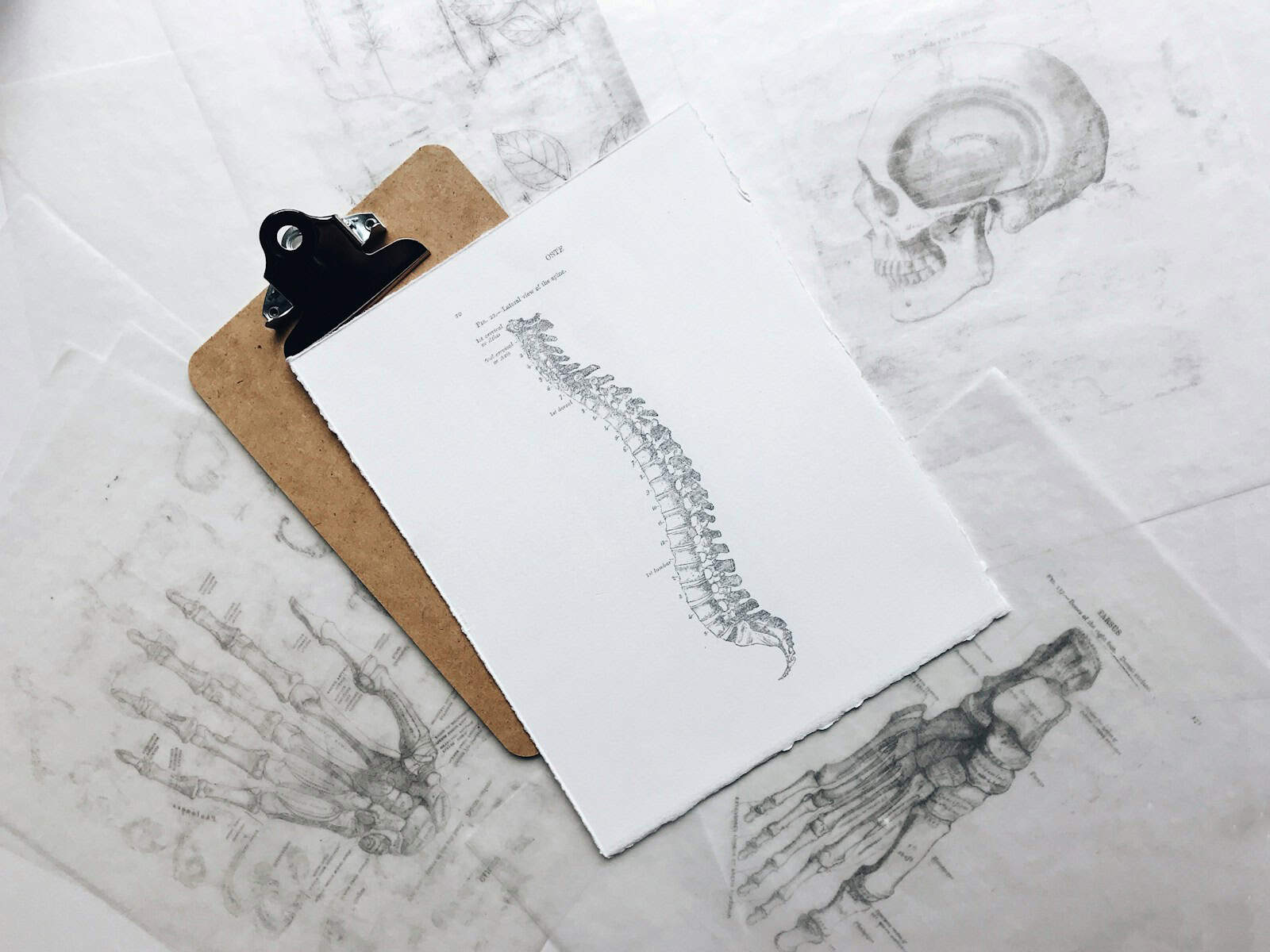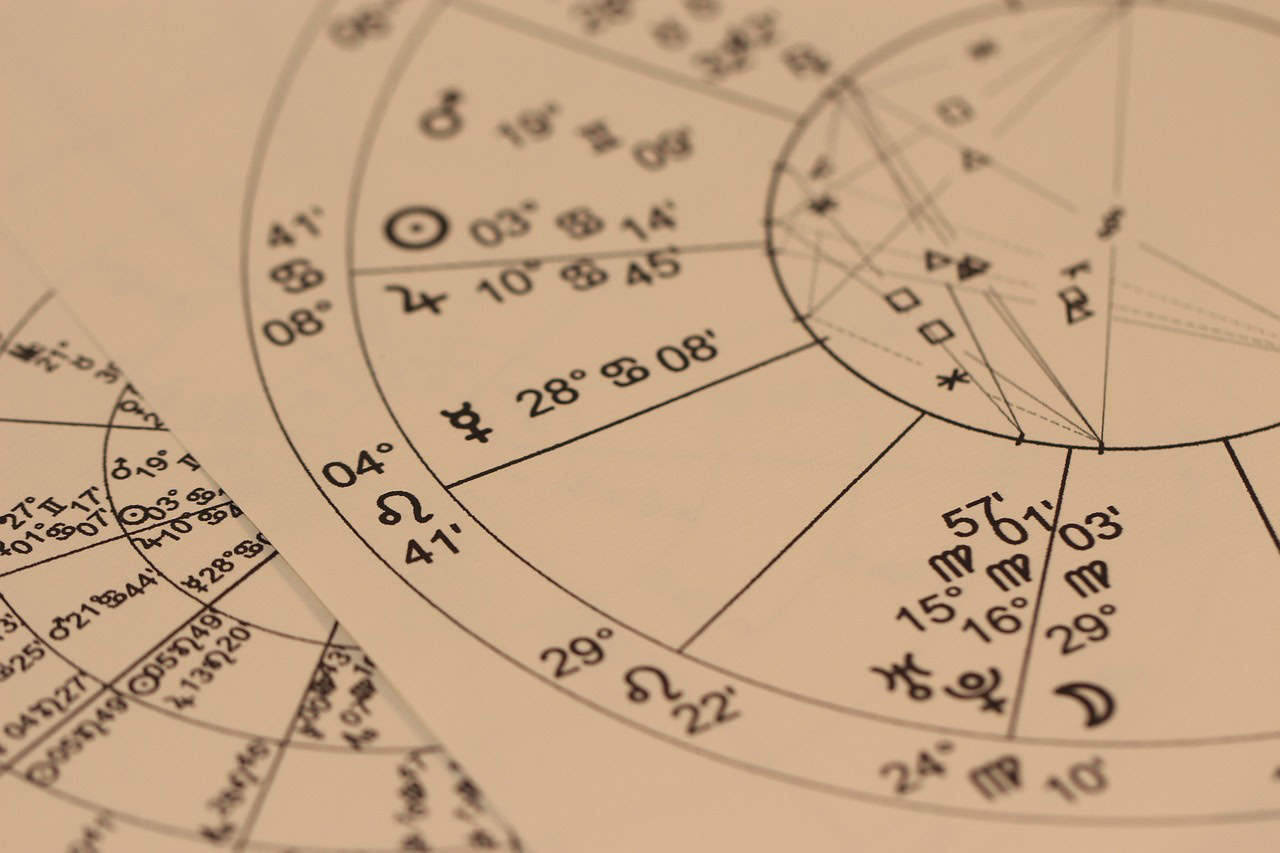Palmistry is the practice of analyzing the lines, shapes, mounts, and other features of the palm to gain insight into a person’s character and future. It is based on the belief that the lines on our palms are not random but are instead a reflection of our thoughts, emotions, and experiences. Palmists believe that these lines can reveal information about a person’s personality traits, talents, health, relationships, and even their destiny.
The lines on the palm are formed during fetal development and are unique to each individual. They are influenced by various factors such as genetics, environment, and personal experiences. Palmistry works by examining these lines and interpreting their meanings based on established principles and guidelines.
The connection between palm lines and personality traits is based on the belief that certain lines represent specific characteristics. For example, the heart line is believed to represent emotions and relationships, while the head line represents intelligence and communication skills. By analyzing these lines in conjunction with other features of the hand, such as hand shape and finger length, palmists can provide insights into a person’s strengths, weaknesses, and potential.
The History of Palm Reading: From Ancient Times to Modern Day
The practice of palmistry can be traced back to ancient civilizations, with evidence of its existence found in ancient Indian, Chinese, and Egyptian cultures. In India, palmistry is known as hast samudrik shastra and is considered a sacred science. It is believed to have been practiced for over 5,000 years and is mentioned in ancient texts such as the Vedas and the Ramayana.
Over time, palmistry evolved and spread to different parts of the world. In China, palmistry was practiced as early as 3,000 years ago and was used to determine a person’s fate and fortune. The Chinese developed their own system of palmistry, which focused on the shape and size of the hand, as well as the lines and mounts.
In ancient Egypt, palmistry was also highly regarded and was used by pharaohs and priests to gain insight into a person’s character and destiny. The Egyptians believed that the lines on the palm were a reflection of the gods’ will and could provide guidance on important decisions.
Throughout history, palmistry has played a significant role in various cultures. It has been used for personal guidance, matchmaking, and even medical purposes. Today, palmistry continues to be practiced worldwide and has gained popularity as a tool for self-discovery and personal growth.
The Different Types of Hand Shapes and What They Reveal
Hand shape is an important aspect of palmistry as it provides valuable information about a person’s character and personality traits. There are several different hand shapes, each associated with specific characteristics.
The first hand shape is the Earth hand, which is characterized by square palms and short fingers. People with Earth hands are practical, reliable, and hardworking. They are grounded individuals who excel in practical tasks and have a strong sense of responsibility.
The second hand shape is the Air hand, which is characterized by square or rectangular palms and long fingers. People with Air hands are intellectual, analytical, and communicative. They are excellent problem solvers and have a natural curiosity and thirst for knowledge.
The third hand shape is the Water hand, which is characterized by oval or oblong palms and long, flexible fingers. People with Water hands are emotional, intuitive, and creative. They are highly sensitive individuals who excel in artistic pursuits and have a deep understanding of human emotions.
The fourth hand shape is the Fire hand, which is characterized by square or rectangular palms and short fingers. People with Fire hands are passionate, energetic, and charismatic. They are natural leaders who thrive in high-pressure situations and have a strong desire for success.
Hand shape can also influence career choices. For example, individuals with Earth hands are well-suited for careers in practical fields such as engineering or construction. Those with Air hands excel in fields that require analytical thinking, such as science or research. Water hands are often found in creative professions such as art or music, while Fire hands thrive in competitive fields such as sales or entrepreneurship.
The Major Lines on the Palm: What Do They Mean?
The palm of the hand is covered in various lines, each with its own significance and meaning. These lines are believed to provide insights into a person’s character, personality traits, and even their future. Here are some of the major lines on the palm and their meanings:
1. The Heart Line: The heart line represents emotions, relationships, and the capacity to love. It starts from the edge of the palm below the little finger and curves towards the index finger. A long and deep heart line indicates a person who is passionate and emotionally expressive, while a short or faint heart line suggests someone who is reserved or guarded with their emotions.
2. The Head Line: The head line represents intelligence, communication skills, and mental abilities. It starts from the edge of the palm between the thumb and index finger and runs horizontally across the palm. A long and straight head line indicates a person who is logical and analytical, while a curved or wavy head line suggests someone who is creative and imaginative.
3. The Life Line: The life line represents vitality, physical health, and the overall quality of life. It starts from the edge of the palm between the thumb and index finger and curves around the base of the thumb. Contrary to popular belief, the life line does not indicate the length of a person’s life but rather their energy levels and general well-being.
4. The Fate Line: The fate line represents career, success, and the overall direction of life. It starts from the base of the palm near the wrist and runs vertically towards the middle finger. A deep and well-defined fate line suggests a person who is driven and ambitious, while a faint or broken fate line suggests someone who may face challenges or changes in their career path.
Interpreting these lines requires a combination of knowledge, intuition, and experience. Palmists consider various factors such as the length, depth, and shape of the lines, as well as their intersections with other lines on the palm. By analyzing these factors, palmists can provide insights into a person’s strengths, weaknesses, and potential.
The Importance of Finger Length in Palmistry
In addition to palm lines, finger length is another important aspect of palmistry that can provide valuable insights into a person’s character and personality traits. Finger length is determined by measuring the length of each finger relative to the palm.
The index finger represents ambition, leadership qualities, and self-confidence. A longer index finger compared to the ring finger suggests a person who is assertive, ambitious, and confident in their abilities. On the other hand, a shorter index finger compared to the ring finger suggests someone who is more reserved or cautious in their approach.
The ring finger represents creativity, artistic abilities, and emotional intelligence. A longer ring finger compared to the index finger suggests a person who is creative, intuitive, and emotionally expressive. A shorter ring finger compared to the index finger suggests someone who may be more logical or analytical in their thinking.
The middle finger represents responsibility, practicality, and discipline. A longer middle finger compared to the index and ring fingers suggests a person who is reliable, hardworking, and detail-oriented. A shorter middle finger compared to the index and ring fingers suggests someone who may be more spontaneous or less focused on practical matters.
The little finger represents communication skills, adaptability, and social interactions. A longer little finger compared to the other fingers suggests a person who is eloquent, persuasive, and socially adept. A shorter little finger compared to the other fingers suggests someone who may be more introverted or less inclined towards social interactions.
By analyzing finger length in conjunction with other aspects of palmistry, such as hand shape and palm lines, palmists can provide a more comprehensive understanding of a person’s character and potential.
The Role of Mounts on the Palm and Their Significance
Mounts are fleshy areas on the palm that correspond to different planets in astrology. They are named after the planets they represent and are believed to influence various aspects of a person’s life. There are seven major mounts on the palm:
1. The Mount of Jupiter: Located at the base of the index finger, the Mount of Jupiter represents ambition, leadership qualities, and success. A well-developed Mount of Jupiter suggests a person who is confident, assertive, and has a strong desire for achievement.
2. The Mount of Saturn: Located at the base of the middle finger, the Mount of Saturn represents discipline, responsibility, and practicality. A well-developed Mount of Saturn suggests a person who is reliable, hardworking, and has a strong sense of duty.
3. The Mount of Apollo: Located at the base of the ring finger, the Mount of Apollo represents creativity, self-expression, and artistic abilities. A well-developed Mount of Apollo suggests a person who is charismatic, creative, and has a natural talent for the arts.
4. The Mount of Mercury: Located at the base of the little finger, the Mount of Mercury represents communication skills, adaptability, and business acumen. A well-developed Mount of Mercury suggests a person who is eloquent, persuasive, and has a natural talent for negotiation.
5. The Mount of Mars: Located between the Mounts of Jupiter and Venus, the Mount of Mars represents courage, energy, and ambition. A well-developed Mount of Mars suggests a person who is determined, competitive, and has a strong drive for success.
6. The Mount of Venus: Located at the base of the thumb, the Mount of Venus represents love, relationships, and sensuality. A well-developed Mount of Venus suggests a person who is passionate, romantic, and has a strong desire for emotional connection.
7. The Mount of Luna: Located at the base of the palm opposite the thumb, the Mount of Luna represents intuition, imagination, and spirituality. A well-developed Mount of Luna suggests a person who is intuitive, empathetic, and has a deep connection to their inner self.
By analyzing the size, shape, and texture of these mounts, palmists can provide insights into a person’s strengths, weaknesses, and potential in various areas of life.
The Interpretation of Palm Colors and Skin Texture
In addition to palm lines and features such as hand shape and finger length, palm colors and skin texture can also provide valuable insights into a person’s character and personality traits.
Palm colors refer to the overall coloration of the palm and can vary from pale to pink to reddish or even yellowish. Each color is believed to be associated with specific characteristics:
1. Pale palms suggest a person who is sensitive, introverted, and may have a tendency to overthink or worry.
2. Pink palms suggest a person who is warm, compassionate, and has a strong capacity for love and empathy.
3. Reddish palms suggest a person who is passionate, energetic, and may have a strong temper or impulsive tendencies.
4. Yellowish palms suggest a person who is intellectual, analytical, and may have a tendency to be overly critical or judgmental.
Skin texture refers to the smoothness or roughness of the skin on the palm. It can provide insights into a person’s temperament and emotional stability:
1. Smooth skin suggests a person who is calm, balanced, and emotionally stable.
2. Rough or calloused skin suggests a person who is hardworking, resilient, and may have experienced challenges or hardships in life.
By analyzing palm colors and skin texture in conjunction with other aspects of palmistry, palmists can provide a more comprehensive understanding of a person’s character and potential.
How to Read Palms: Tips and Techniques for Beginners
Reading palms can be an intricate and complex process that requires knowledge, intuition, and practice. Here are some tips and techniques for beginners:
1. Study the basics: Start by familiarizing yourself with the major lines on the palm, such as the heart line, head line, life line, and fate line. Learn about their meanings and how to interpret them.
2. Practice on willing participants: Find friends or family members who are willing to let you practice reading their palms. Start by analyzing the major lines and gradually move on to other aspects such as hand shape, finger length, mounts, and palm colors.
3. Develop your intuition: Palmistry is not just about memorizing meanings but also about developing your intuition and ability to connect with the energy of the palm. Trust your instincts and pay attention to any intuitive insights that come to you during a reading.
4. Keep a record: Keep a journal or notebook where you can record your observations and interpretations. This will help you track your progress and identify patterns or trends over time.
5. Seek guidance from experienced palmists: If you are serious about learning palmistry, consider seeking guidance from experienced palmists or joining a palmistry class or workshop. Learning from others who have more experience can provide valuable insights and help you refine your skills.
6. Practice mindfulness: Before starting a palm reading, take a moment to center yourself and clear your mind. Practice mindfulness techniques such as deep breathing or meditation to enhance your focus and intuition.
7. Be ethical and respectful: Remember that palmistry is a deeply personal practice that requires sensitivity and respect. Always obtain consent before reading someone’s palm and approach the process with empathy and compassion.
The Accuracy of Palm Reading: Debunking Myths and Misconceptions
Palmistry, like any other form of divination, is often met with skepticism and misconceptions. However, it is important to separate fact from fiction when it comes to the accuracy of palm reading.
One common myth is that palmistry can predict the future with absolute certainty. While palmistry can provide insights into a person’s potential and tendencies, it cannot predict specific events or outcomes. The future is not set in stone, and our actions and choices can influence our destiny.
Another misconception is that palmistry is based solely on superstition or guesswork. In reality, palmistry is based on a combination of observation , intuition, and knowledge of human psychology. Palmists carefully examine the lines, shapes, and other features of a person’s hand to gather information about their personality traits, strengths, weaknesses, and potential future events. This practice has been refined over centuries and is considered a legitimate form of divination in many cultures. Palmists often undergo extensive training to develop their skills and learn how to interpret the various elements of the hand accurately. While there may be some subjective interpretation involved, palmistry is far from being mere guesswork or superstition.
If you’re fascinated by the art of palmistry and want to delve deeper into its mysteries, you won’t want to miss the insightful article featured in the October 2023 newsletter from Astrology SA. This article explores the intricate connections between palmistry and astrology, shedding light on how the lines on our hands can reveal hidden aspects of our personality and life path. Discover the fascinating world of palmistry by reading this captivating article here.




